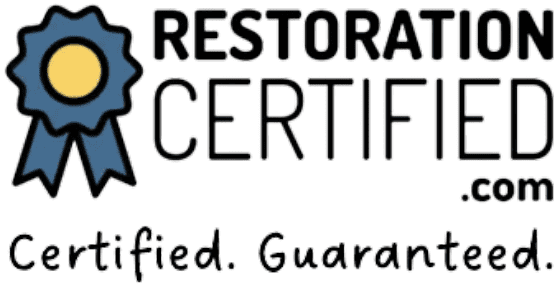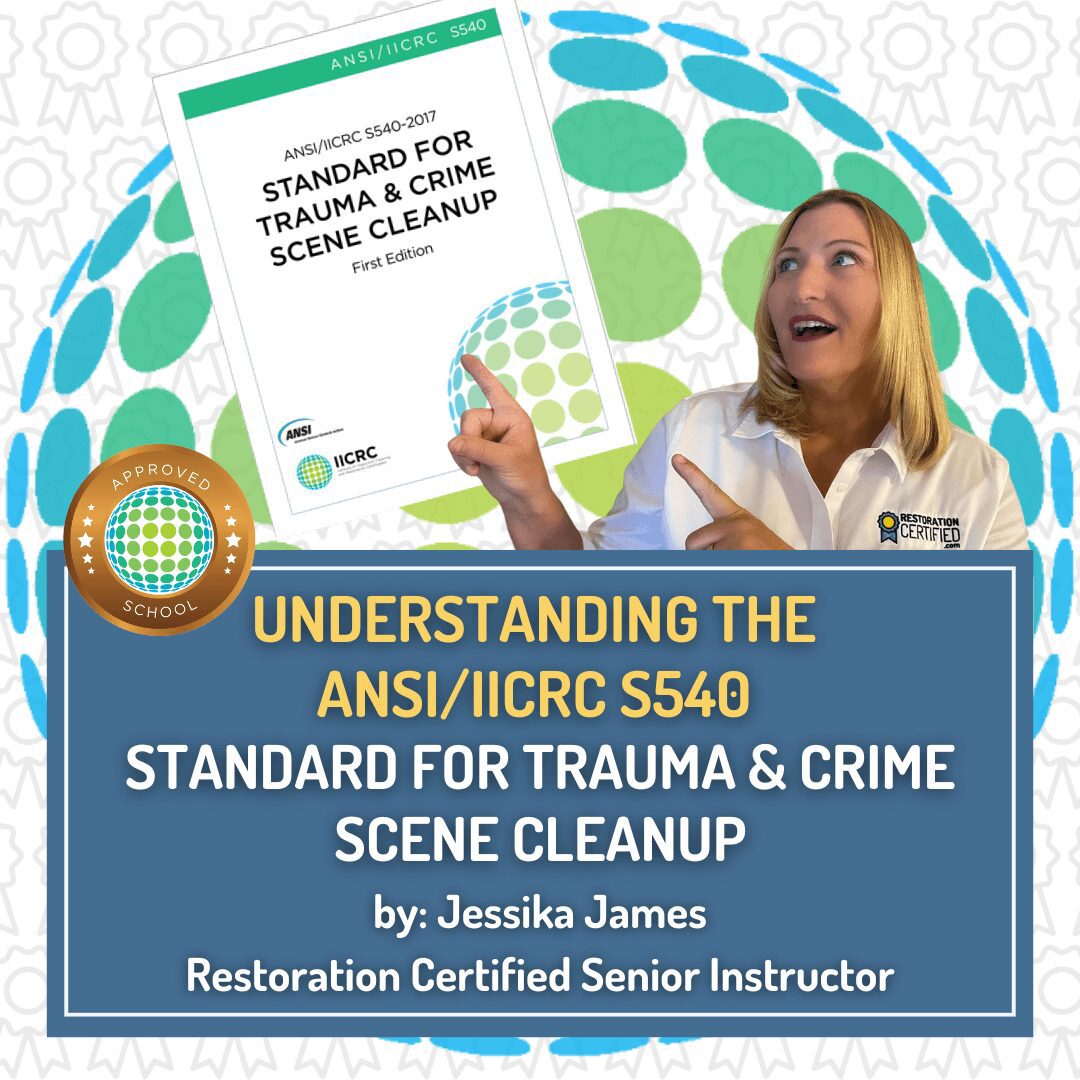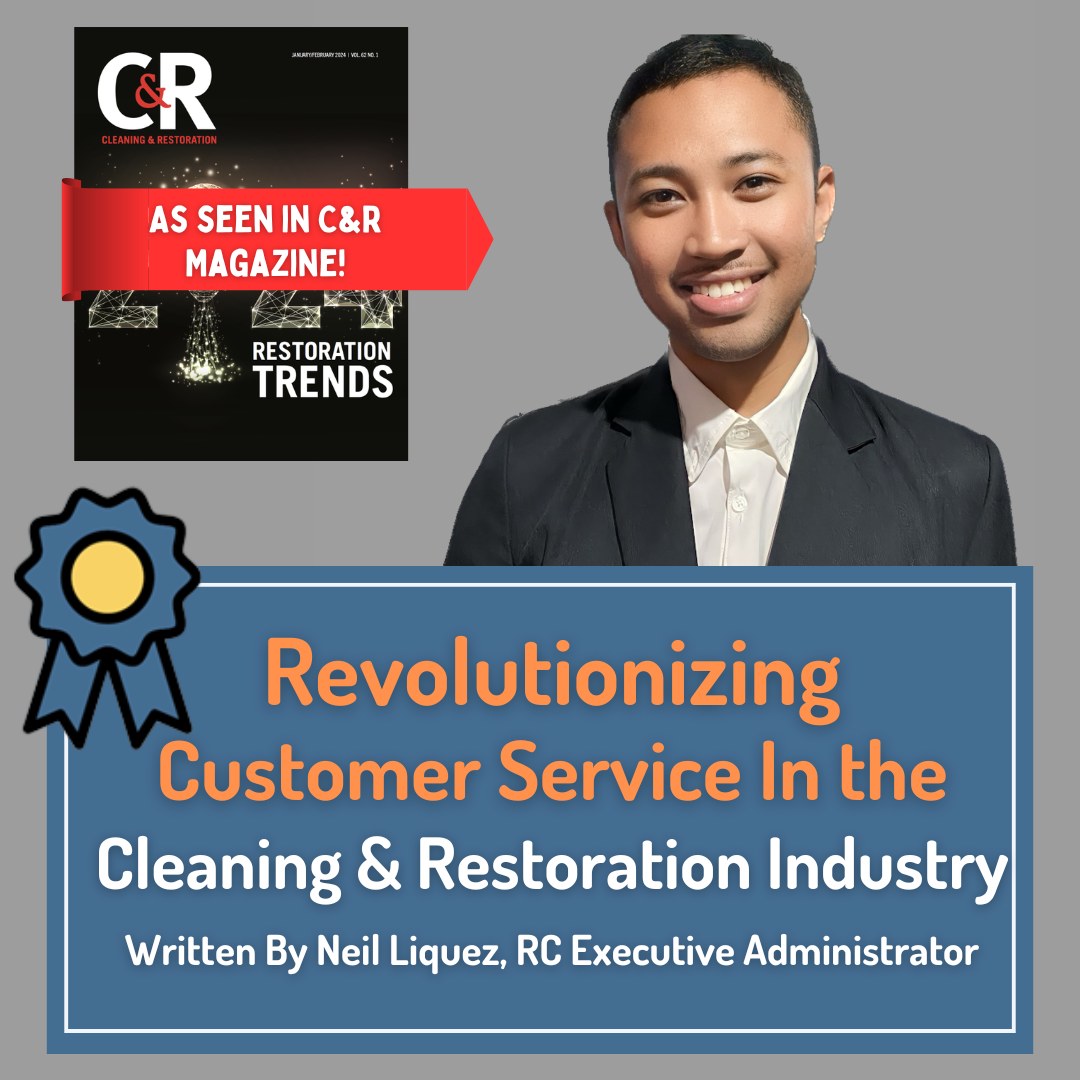How to Clean and Restore Photos,
Negatives, and Film Slides
Cleaning and restoring photographs, negatives, and film slides is a delicate process that requires precision, care, and the right tools. These fragile items, often treasured for their sentimental or historical value, can not only be soiled with contamination related to water, mold, fire residues, or body fluids associated with the restoration and contents cleaning industries, but also accumulate dust, dirt, or fingerprints over time, making restoration a difficult process. Whether you are restoring an old photo or maintaining negatives for future use, understanding the proper techniques is essential to avoid damage.
First, a few general tips to follow when restoring photos, negatives, and film slides:
-
Avoid using harsh chemicals or abrasive tools that can damage the surface.
-
Always test photo cleaning solutions on a small, inconspicuous area before applying them broadly.
-
Use a magnifying desk lamp to improve restoration accuracy and prevent eye strain
-
Work under proper lighting to see imperfections without exposing the photos or negatives to direct sunlight.
-
Store cleaned items in acid-free, archival-quality storage materials to ensure long-term preservation.

Cleaning Photos and Negatives
Cleaning photographs, negatives, and slide film requires a careful approach to protect their surface and avoid imprint smudges, smears, or scratches. Start by working in a clean, dust-free environment. Wear lint-free gloves to prevent oils from your hands transferring to the items.

Bulk or Dry Soil Removal: Never forget to conduct this crucial first step when restoring photos, negatives, and slide negatives!
Gently remove loose soils and contamination using a hand-operated dust blower, a low powered battery-operated air duster, or a hand-held vacuum with a soft lint-free cloth wrapped around the hose inlet. A soft brush such as a polyester microfiber brush can aid in loosening soils. Avoid using compressed air or air in cans - high pressure can damage the item! After bulk or dry soils have been removed, prepare for the cleaning and restoration step.
Lightly Soiled: After performing dry soil removal, for items with light bonded soiling, smudges, or contamination residues gently wipe the surface with a soot sponge, foam craft swab, or cosmetic wedge in one direction using short, light swipes. If you need to get a little more aggressive, lightly dampen a soft microfiber cloth with distilled water and gently wipe the surface. Never use tap water, as the impurities can damage the emulsion layer.


Moderately Soiled: For heavier soils a cleaning solution may be necessary. Always pretest cleaning solutions in an inconspicuous area before use! A commonly used mixture is a solution of 1 part distilled water to 1 part isopropyl alcohol. Apply the solution sparingly to a soft lint-free cloth or soft foam brush and clean the item using a straight swiping motion from top to bottom. Always clean in one direction. Circular motions should be avoided, as they can damage the item’s surface.

Heavily Soiled: Specialized products like PEC-12 Archival Photographic Emulsion Cleaner or PEC-12 Pads can also be used for photos or negatives. This product effectively removes soils, oil, grease, and adhesive residue without leaving streaks. Another option is FilmGuard Cleaning Solution, which not only cleans but also provides anti-static protection to prevent future dust accumulation.
After cleaning, photos and negatives should be air-dried completely in a dust-free environment to prevent water spots. Once dry, store them in acid-free archival sleeves to protect them from humidity, light, and dust.
If the photographs or negatives are extremely fragile, severely damaged, or hold significant sentimental or historical value, consider seeking professional assistance. Conservation specialists have access to advanced tools like ultrasonic cleaning equipment and extensive expertise to restore items without risk of irreversible damage.


Cleaning Fim Slides Sleeves
Film slide sleeves are often constructed from cardboard or plastic. Due to the absorbency of cardboard slide sleeves, complete restoration and deodorization may be an issue. Always discuss your services and expected outcomes with clients. Avoid getting sleeve cleaning products on slide negatives or transparencies.
Gently remove loose bulk soils and contamination using a hand-operated dust blower, a low powered battery-operated air duster. A soft brush such as a polyester microfiber brush can aid in loosening soils, but pretest to avoid smearing.
Cardboard sleeves can be cleaned with dry sponges, cosmetic sponge wedges, or a low-moisture dry foam cleaning product. Gently wipe with sponges in one direction to remove soils, or with a soft microfiber paint brush apply foam cleaner as per manufacturer's directions. My favorite dry foam product for textiles and papers is Prochem’s Fine Fabric Shampoo!
Plastic sleeves can withstand slightly more aggressive cleaning practices, and a soft microfiber cloth or brush dampened with a neutral cleaner can be used to wipe the plastic surface. Allow to air dry.


And Finally…The Legal Stuff
Cleaning and restoring photographs, negatives, and film slides is a delicate process that carries inherent risks, and results may vary based on the condition of the items and the methods used. The tips and info in this article are meant to be general advice and shouldn’t be taken as professional instructions.
The author isn’t responsible for any mishaps or damage that might happen if you try out these techniques or products–so proceed with care and at your own discretion! Please use this advice at your own discretion and responsibility. Restorers are encouraged to exercise caution, conduct thorough testing in inconspicuous areas, and consult a professional conservationist for valuable or fragile items.
A Few Resources
Looking for professional tools and chemicals? Try these websites and product links!
Preservation and conservation sites for tools and chemicals:
Microfiber brush kit:
Amazon: Dust blowers, rechargeable air compressors, and foam swabs
Low-powered compressed air duster
Multipack foam swabs
Foam wedges
Foam Shampoo:
For more information, check our upcoming online IICRC CPT class schedule or give us a call at 725-777-1746. Prefer email? No problem! Reach us at Help@RestorationCertified.com.













